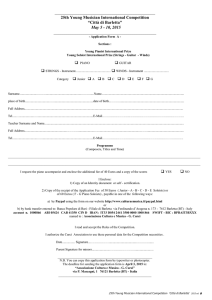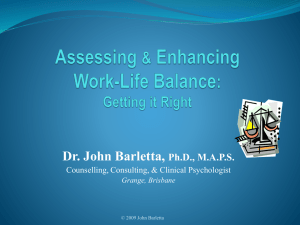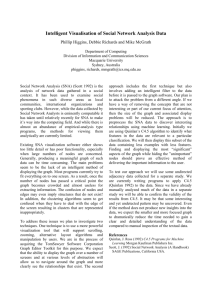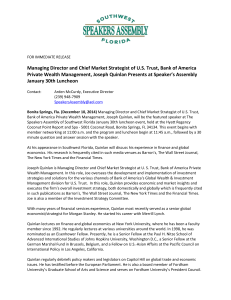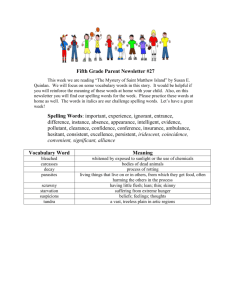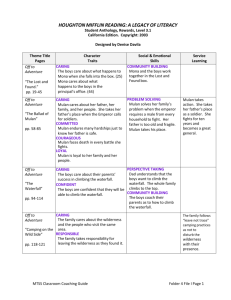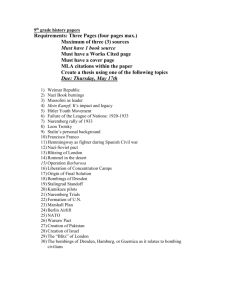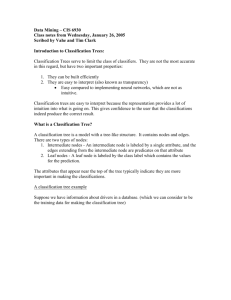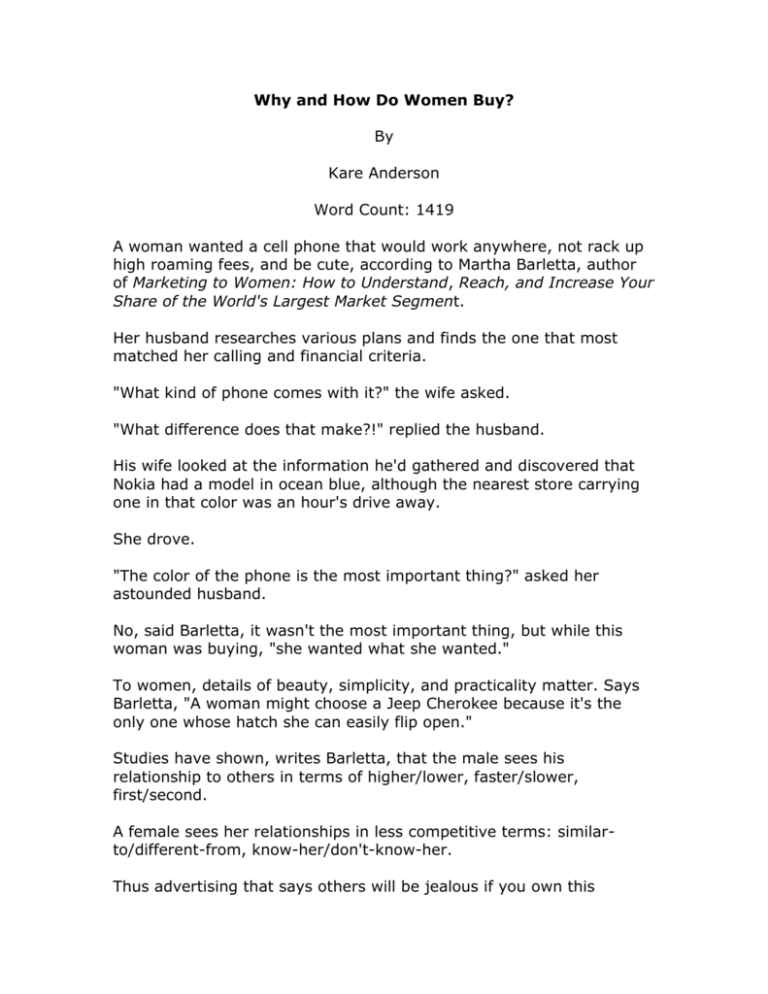
Why and How Do Women Buy?
By
Kare Anderson
Word Count: 1419
A woman wanted a cell phone that would work anywhere, not rack up
high roaming fees, and be cute, according to Martha Barletta, author
of Marketing to Women: How to Understand, Reach, and Increase Your
Share of the World's Largest Market Segment.
Her husband researches various plans and finds the one that most
matched her calling and financial criteria.
"What kind of phone comes with it?" the wife asked.
"What difference does that make?!" replied the husband.
His wife looked at the information he'd gathered and discovered that
Nokia had a model in ocean blue, although the nearest store carrying
one in that color was an hour's drive away.
She drove.
"The color of the phone is the most important thing?" asked her
astounded husband.
No, said Barletta, it wasn't the most important thing, but while this
woman was buying, "she wanted what she wanted."
To women, details of beauty, simplicity, and practicality matter. Says
Barletta, "A woman might choose a Jeep Cherokee because it's the
only one whose hatch she can easily flip open."
Studies have shown, writes Barletta, that the male sees his
relationship to others in terms of higher/lower, faster/slower,
first/second.
A female sees her relationships in less competitive terms: similarto/different-from, know-her/don't-know-her.
Thus advertising that says others will be jealous if you own this
product works with men but is off-putting to women.
Women, says Barletta, want to be able to say, "Yep, that's my life. If
that product works for her, it'll probably work for me." And she is
more likely to tell others than a man who is satisfied. Thus the power
of cultivating the mavens -- the trusted people to whom your market
of women turn for advice -- can be the key to increasing your profits.
More than half the U.S. population is female, and women purchase or
influence the purchase of more than 80% of all products and services.
Women are the majority decision-makers today, not only in the
traditional areas of fashion, food, and cosmetics but also for such bigticket buys as automobiles, financial services, home improvement,
computer electronics, and travel.
So you might think there would be nothing about the buying habits of
women that American businesses don't know.
However, Barletta and Mary Lou Quinlan, author of Just Ask a Woman:
Cracking the Code of What Women Want and How They Buy, believe
that many marketing and sales strategies are more likely to annoy
their target audience than to attract them.
"You might feel that you have already evolved into the most politically
correct person you can be. Your ads are not offensive your products
keep improving, but that's not enough to lure a woman to buy your
product rather than a competing brand," warns Mary Lou Quinlan.
Both Quinlan and Barletta point out that women are especially valuable
customers.
More than men, they typically ask for recommendations from friends
and acquaintances before they buy and, if they are happy with a
product or service, will recommend it to others. Again, this highlights
the powerful influence of mavens - especially women mavens on
buying decisions.
According to Quinlan and Barletta, women - especially working
mothers - lead time-pressured lives and therefore appreciate products
that simplify tasks and relieve anxieties.
They prefer product warranties and service guarantees more than
extra bells and whistles.
Women don't want to be told a product is "cool"; they want to hear
specifics about how it serves their needs and their families' needs.
Both agree that women want marketers to be patient and helpful. "It's
frustrating to marketers of high-stakes or big-ticket services such as
financial services or cars to be asked to meet with women several
times to go through alternatives," writes Quinlan.
But from a woman's point of view, it's necessary: "Women judge the
Quality of the relationship as well as the quality of a product. They ask
a lot of questions and do a lot of listening before they form a trusting
relationship to believe what that person is saying about the product,"
she says.
Quinlan and Barletta reach many of the same conclusions but disagree
on some points.
For example, Quinlan says women today - especially working mothers
are stressed out.
Barletta believes the opposite: "In fact, women today are proud of
how well they cope with stress."
In another point of disagreement, both authors describe a current ad
for the cholesterol-lowering drug Lipitor, reaching opposite conclusions
as to its effectiveness.
In the ad, writes Barletta, a "gracious, glamorous, silver-haired woman
is coming up a red carpet as if to the Academy Awards. Suddenly, she
trips and falls flat on her face.
The message: Cholesterol doesn't care who you are; it can even bring
a princess down."
Women don't like the ad because they "don't like to see anyone get
hurt, even for a good cause," says Barletta. "All I can think is, 'Oooh
that poor woman, is she okay?'"
Quinlan praises the same ad for being "cliche-smashing." She says the
way to get womens attention is to play against type. "How often have
you seen the gray-haired grandmother walking the beach and
worrying about her incontinence or arthritis?" she asks.
According to Quinlan, the Lipitor ad is an example of letting older
models "be silly and not just sentimental," which, she implies, appeals
to women.
On this point, I agree with Barletta, not Quinlan. What do you think?
But the books differ most significantly in how they present their
material. Quinlan is CEO of Just Ask a Woman, Inc. a marketing
research firm she founded in 1999.
Her main research method is a TV-show format in which Quinlan plays
"Oprah" to elicit candid views and opinions from an all-female
audience. In her book, Quinlan shares the insights from her interviews
of more than 3,000 women.
They have told her that, in their stressed lives, they would appreciate
having bank statements that are "understandable" and instructions for
cell phones "written in English" (as opposed, presumably, to techie
talk).
Surely, a wise bank or cell phone manufacturer would provide same.
But a reader can't help wondering, wouldn't men like understandable
bank statements and cell phone manuals too? Wouldn't anyone?
Barletta is president of The TrendSight Group, a marketing consulting
firm that also was founded four years ago.
Its patented product, the "GenderTrends Marketing Model," provides a
process for analyzing how to mesh what you sell and how you sell it
with, as Barletta puts it, "female gender culture."
Barletta's book not only describes what women want, it also shows
many scenarios where no rule applies to 100% of either gender's
buying behavior.
Barletta notes that it is not that women want better products and
better service while men don't. It's that women will go to more trouble
to obtain what they want.
She points out, for example, that Wyndham Hotels put magnifying
mirrors in bathrooms based on suggestions from women who wanted
them for applying eye makeup.
Men didn't request the mirrors and probably never would have,
according to Barletta, but they appreciated them when they appeared,
because it made shaving easier.
One reason it takes women longer to make a buying decision, Barletta
explains, is that women want the "perfect answer."
Men will buy a workable answer rather than continue to shop, while
women will continue to shop in the hope of finding that perfect
answer. Now that sounds familiar.
Women also relate better to "warmer" than to "winner." A Nissan print
ad stating "horsepower increased 17%, torque increased 6%, bragging
rights increased 100%" is a male-only ad.
Women (even those who know what torque is) don't care as much
about bragging rights says Barletta. But an ad for an SUV that says
"Think of it as a 4,000 pound guardian angel" is an ad that resonates
women.
Both books were helpful to me, but Barletta's book contains more
information for marketers regardless of gender.
Kare Anderson is a "Say It Better" expert, a Behavioral Futurist, who
speaks on how to become more "thought full", compelling
communicators to create customer-attracting experiences for a place,
product or program. She is a speaker, national columnist, nine-time
author, Emmy-winning former TV commentator and Wall Street
Journal reporter. Her online newsletter reaches over 17,000 people in
32 countries. Her latest book, Resolving Conflict Sooner, offers a 4step method plus 100 influencing tips. Copyright© 2004, Kare
Anderson. All rights reserved. For information about Kare’s programs,
contact the Frog Pond at 800.704.FROG(3764) or email
susie@frogpond.com; http://www.frogpond.com.

